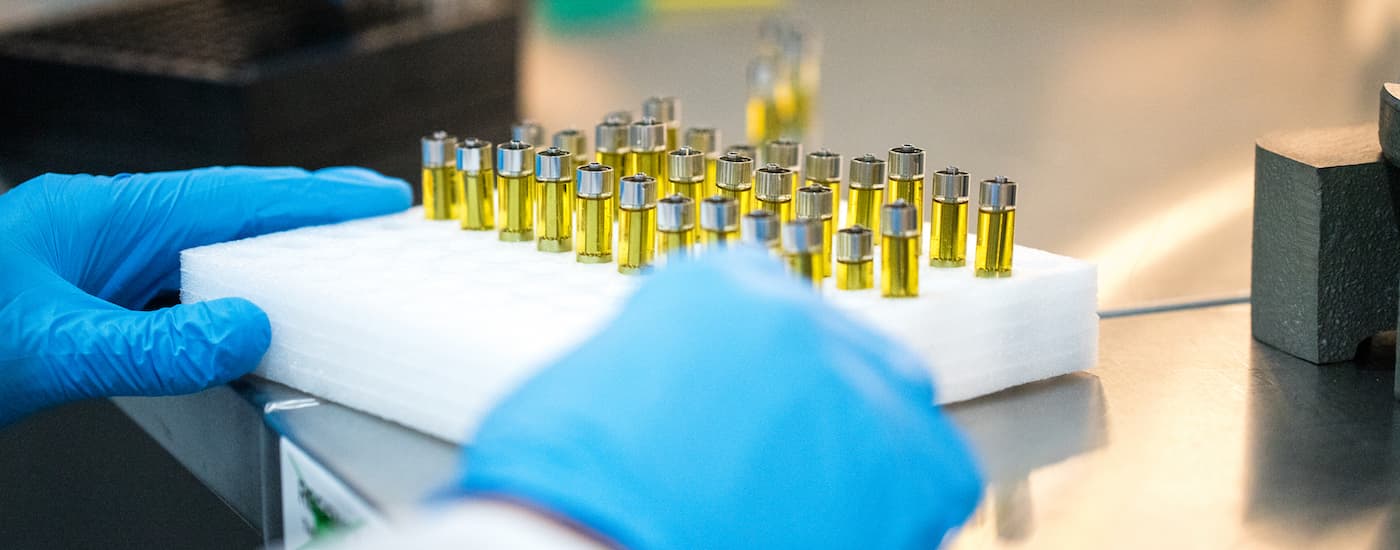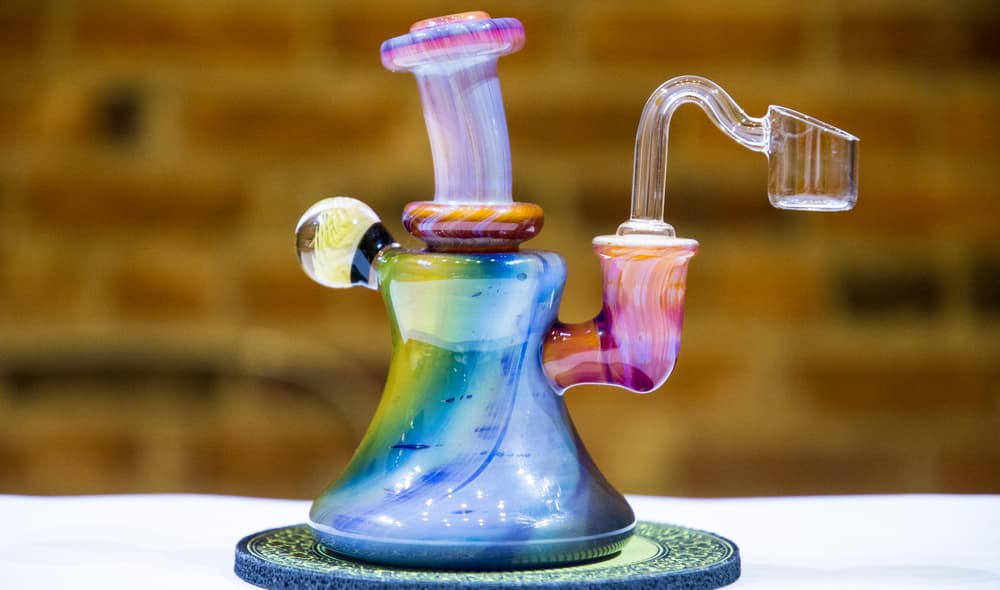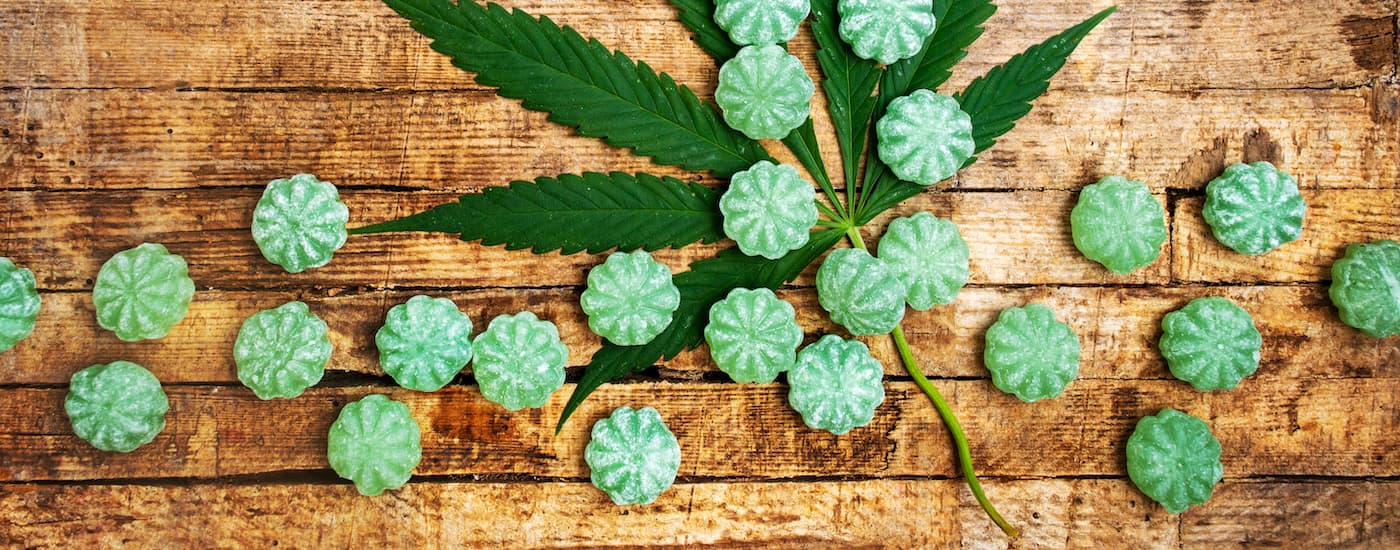Legal cannabis use is on the rise, and people are studying the plant to improve use, strength, and growth, both recreationally and medically. Extraction methods have traditionally been dangerous and not well tested, with some products even making it to the consumer with potentially hazardous chemicals still in it. Not only do the chemicals stick around, but they can be dangerous to use and potentially cause explosions. This is especially true with butane extractions. CO2 extractions are widely used because CO2 is a naturally occurring compound with there are fewer safety risks. So what is CO2 oil and what is CO2 extraction?
Supercritical

CO2 extraction is called supercritical CO2 extraction (SFE). To complete a cannabis extraction, you can either use a solvent, solvent-free, or solventless method to separate the most potent part of the plant. Some of these extraction methods can be done at home, but the safest, quickest, and easiest way to obtain a potent product is to purchase it at a dispensary. What you get at a dispensary was created in a lab setting with equipment that costs hundreds of thousands of dollars.
In the lab, the technician will use the equipment to make the CO2 supercritical. Supercritical compounds are compounds that hover between different states of matter, either gas, liquid, or solid, when they are exposed to extreme temperatures and pressures.
Starting in the Accumulator
A chamber called the extraction vessel is filled with cannabis material called “trim.” The system is charged with CO2 in the accumulator chamber. When the CO2 in the system reaches a desired temperature and pressure, it will pass through the extraction chamber in its supercritical state. The CO2 will move through the trim dissolving/collecting cannabinoids and terpenes like a liquid while moving like a gas.
Finishing in the Separator
The separator is the final part of the extraction, where the CO2/cannabis mixture will collect. By lowering the pressure and temperature, the CO2 will separate from the cannabis, leaving only the oil behind. Because this is a closed-loop system, the CO2 will flow back into the accumulator to be used again.
Research has led to equipment that can separate individual compounds from cannabis because of the ability to control both temperature and pressure within the separation chamber. With this, the lab technicians can collect the different compounds (THC and CBD) separately.
Cannabinoids and Terpenes
The collected oil is a concentrated amount of terpenes and cannabinoids. Terpenes are what give cannabis its distinct smell. The smell plays a huge roll in your experience, as some can have citrus, berry, floral, and even candy notes.
Cannabinoids are a bit different; these are what cause the human body to react to cannabis. The reaction can be anywhere from a sense of euphoria or paranoia, or to the side effect of having red eyes. Currently, there are two cannabinoids that you are going to hear about more than others in the cannabis world; THC and CBD.
Tetrahydrocannabinol (THC) is responsible for the feeling of euphoria or being high, but is more likely to cause negative effects like anxiety and paranoia. Cannabidiol (CBD) does not cause the intoxicating effects of cannabis. CO2 oils can have high THC/low CBD, high CBD/low THC, or a balanced or blended level of THC/CBD.
People use CBD and THC-high products for both recreational and medical reasons. When used for medicinal purposes, people treat PTSD, multiple sclerosis, epilepsy, cancers, different kinds of inflammation, and many other things. There is no right or wrong when it comes to deciding what to use; it is all about your personal preference and needs.
How to Use CO2 Oils
CO2 oils can come in many forms available for use in the form of vaping oils, topicals, edibles, drinks, and tinctures, among others.
Vape

The most common CO2 oil you might run into is for a vaporizer. The oil you might use to vape can also be butane hash oil, which is a similar product made with a different solvent. With either product, the oil is heated – not burned – in a vaporizer (vape). A vape functions (and can look) much like an e-cigarette. People who vape find that the lack of carcinogens and smoke smell and the taste significantly improved the experience, but that does not mean that this product is without health risks.
Topical
Topical CO2 oils can take many forms, including lotions, salves, and ointments. People use topical methods for lots of reasons, but the typical use is for treating pain or another localized symptom. For example, if you desire to treat a headache brought on by neck pain, topical CO2 products may be what you need. Make sure the area you are going to apply the oil to is clean, then apply a generous amount of your topical oil/lotion/salve. When you are done, wash your hands to avoid ingesting the product or getting it on your clothes. Cannabis products applied topically will take 15 to 30 minutes to start working. After that point, you can add more to the treatment area if it has not begun to work. You can expect any cannabis applied topically to last three to four hours.
Oil Rig
A third way you can use a CO2 oil is with an oil rig. A rig looks very similar to a bong, but it is usually a little shorter with a nail in place of a bowl. When you use a rig, you are smoking one of the more concentrated forms of cannabis. That said, you are going to want to start very small if you go this route.
You can find “dabbable” concentrates in the form of wax, shatter, budder, or crumble. The concentrates are called dabs because they are being pressed against the nail when you smoke them with a rig.
In order to smoke with a rig, you need to have the right set up. When you purchase a rig, make sure you talk to your retailer about everything you need to get started.
You will definitely need a nail, a dabber tool, and a torch in addition to your rig. The nail you use will vary depending on your preference, your rig, and the availability at your retailer. The nails you can choose from are either made of titanium, ceramic, or quartz.

It is pretty simple to smoke a rig, but you will need to pay close attention to dosing. A small amount of your concentrate can be just as strong (if not stronger) as a single joint filled with cannabis flower. To start, apply a minimal amount of your cannabis to your dabber and set it aside. Next, heat the nail on your rig using your torch until it is red hot. Allow it to cool for a few seconds before picking up your dabber and rig, press your dabber into your nail, and breathe in through the mouthpiece.
With Food or Drink
As for your other methods, an edible or drink made with CO2 oils can come in many forms. Whatever the form, an edible can take thirty minutes to two hours to take effect. When you use them, start with small amounts and wait before taking more to avoid any negative symptoms like dizziness or drowsiness.
There are plenty of other cannabis products produced with CO2 oil, and different ways you can use the product. These were just some of the more common methods. Discuss with your local dispensary other methods if these or others fit your needs or desired experience.


